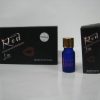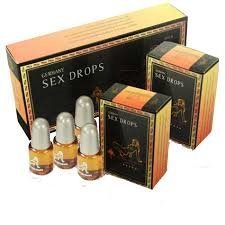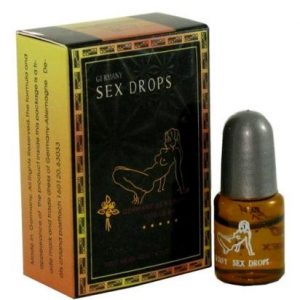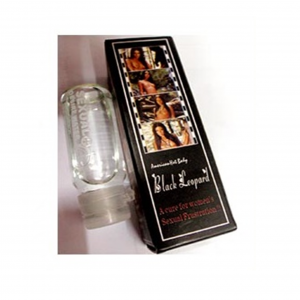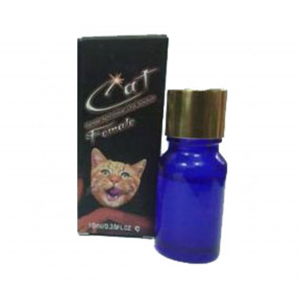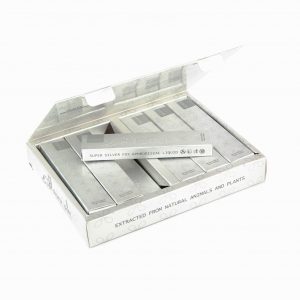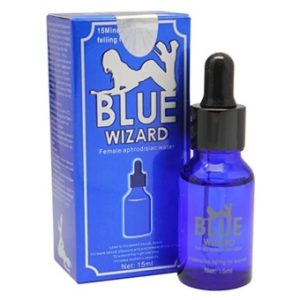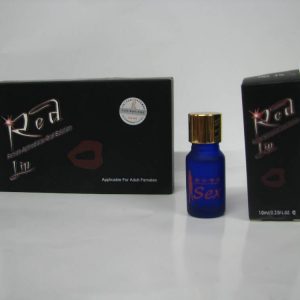Spanish Gold Fly | Women Sexual Arousal Sex Drops | Sexual Enhancer Liquid Water Drops | Make Your Partner Happy Tonight
MYR250.00
Is Spanish Gold Fly safe to use?
Women Sexual Enhancer – Spanish Gold Fly – 12 sachet Per box What is the Spanish Fly?
What is Women Sexual Enhancer – Spanish Gold Fly used for?
Is Women Sexual Enhancer – Spanish Gold Fly safe to use?
How many drops of Spanish Gold Fly do you use?
Can I mix Women Sexual Enhancer – Spanish Gold Fly with water?
Revving Up Women’s Sex Drive Other Information
Will there ever be a ‘Viagra’ for women?
Besides biology, the following factors can affect female libido:
- Quality of the relationship
- Attitudes of upbringing
- Support of peer group
- Quality of touch and sex
- Understanding of partners
- Age
- Illness
- Use of medications
- Emotional well-being
Trouble with one or a combination of these factors can affect women’s sex drive. Such loss of interest in sex is medically identified as hypoactive sexual desire disorder (HSDD).
There are some popular products that have either been designed or tested to treat HSDD.
Viagra
Despite rumors and various advertising claims to the contrary, there isn’t a female Viagra out there.
“We know that Viagra doesn’t work in women,” says Whipple.
“Women are not minimum,” Whipple explains. “We are different than men in what we want, what we desire, what feels good to us, and we’re also different at the biochemical level.”
Female sexuality is, indeed, so much more complex than male sexuality that even after several scientific studies involving about 3,000 women, Viagra-maker Pfizer hasn’t been able to come up with conclusive findings. Earlier this year, the company announced it was ending research of Viagra in women.
But this does not mean there isn’t hope for some women. Research is ongoing on several other products for female libido.
Testosterone
Two large studies presented at scientific meetings this year show the testosterone patch Intrinsa, made by Procter & Gamble, can increase sexual activity in 50% to 70% of women.
Related products
Women Sexual Enhancer Desire
German Sex Drops and Lover gold fly – 100% Natural Liquid Libido Booster Women Performance Enhancer
